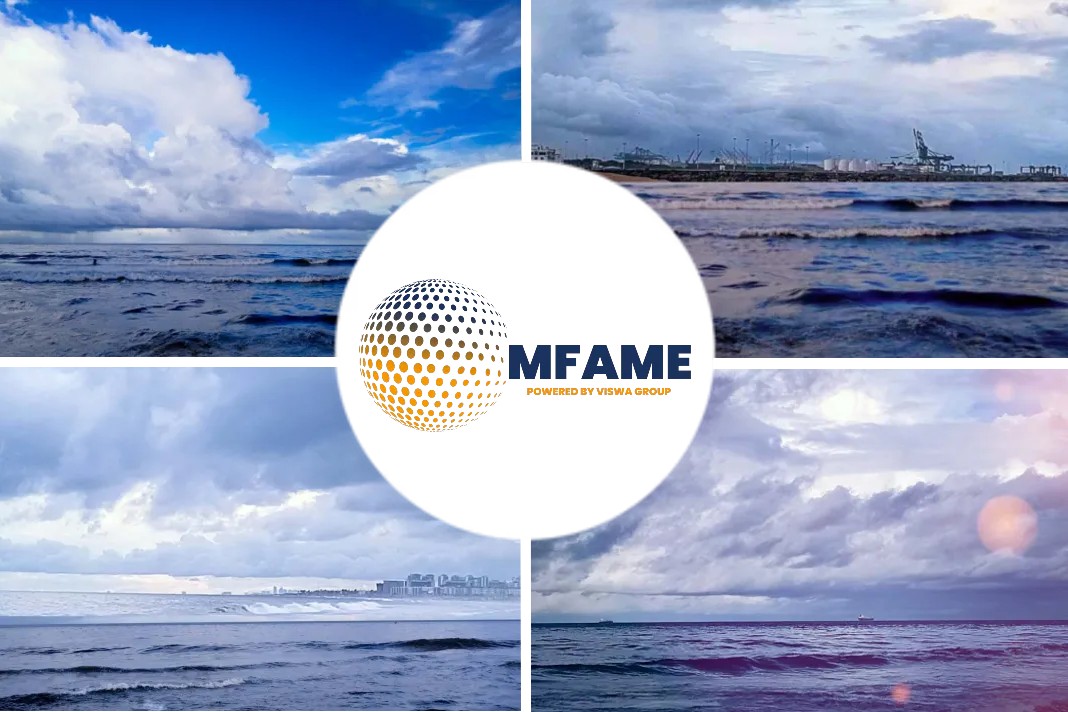In a historic first for the ship classification industry, DNV GL has commenced the roll out of IMO compliant electronic class and statutory certificates across its entire fleet. The widespread use of electronic certificates will result in significant efficiency gains for ship owners, charterers, regulators and crew, cutting down administrative burdens, processing time and document handling costs.
For the past few years, DNV GL has been working on pilot projects with several owners and flag administrations, to test and gain acceptance for the use of electronic certificates. This has resulted in almost 50 flag state administrations already having granted DNV GL the authority to issue electronic statutory certificates on their behalf, with more acceptances expected in the near future.
“The electronic certificate regime offered by DNV GL has provided us with a unique advantage in the contemporary market, where leverage from digitalized high-end efficient work processes plays an integral role,” says Morten Nygaard, Fleet Manager, Teekay Offshore, owners of one of the vessels used in the pilot projects. Teekay Offshore is also looking to move their fleet to electronic class and statutory certificates as soon as possible: “It is our intention to benefit from the new regime within the shortest possible time frames,” he added.
Certificates are published on DNV GL’s customer portal immediately after an onboard survey is completed, so that all relevant parties can access the latest certificates from anywhere in the world. The electronic certificates are secured with a digital signature and a unique tracking number (UTN) which can be checked online, assuring their validity and authenticity.
“Over the last several years we have been leveraging digitalization to improve the experience of our classification customers,” says Knut Ørbeck-Nilssen, CEO of DNV GL – Maritime. “The roll out of electronic certificates is a significant step forward in our pathway towards modernizing classification. Electronic certificates will smooth our customer’s interactions with class, allow stakeholders across the industry to capture value from digitalization, and give us a platform for future improvements.”
Customers can choose to share access to their certificates with stakeholders (charterers, ports, flag administrations, insurers) by using temporary access codes. With the temporary code the stakeholder can directly access the customer’s secure certificate folder, bringing the administrative burden on the ship owner down to the absolute minimum.
Electronic certificates will be rapidly rolled out across the DNV GL fleet, with newbuilding vessels receiving certificates upon delivery, and existing vessels at their next scheduled survey or audit. For more information visit the electronic certificate webpage here.
At the same time as electronic certificates will be deployed through DNV GL’s production system, customers will also be able to take advantage of the new Smart Survey Booking tool (SSB). SSB uses smart algorithms and machine learning to help customers find the best time and place to book a survey.
The algorithms identify when the maximum number of survey items can be combined, by assessing the initiation and expiration dates for class surveys, audits and conditions. An estimation of the required time the ship needs to be available for the survey/audit, with the associated travel and costs is also generated. SSB will even recommend a port of call based on all of these factors. Finally, after a customer makes the booking, SSB provides a set of survey preparation documents for the crew of the vessel, enabling them to prepare more effectively.
Did you subscribe for our daily newsletter?
It’s Free! Click here to Subscribe!
Source: DNV GL

























